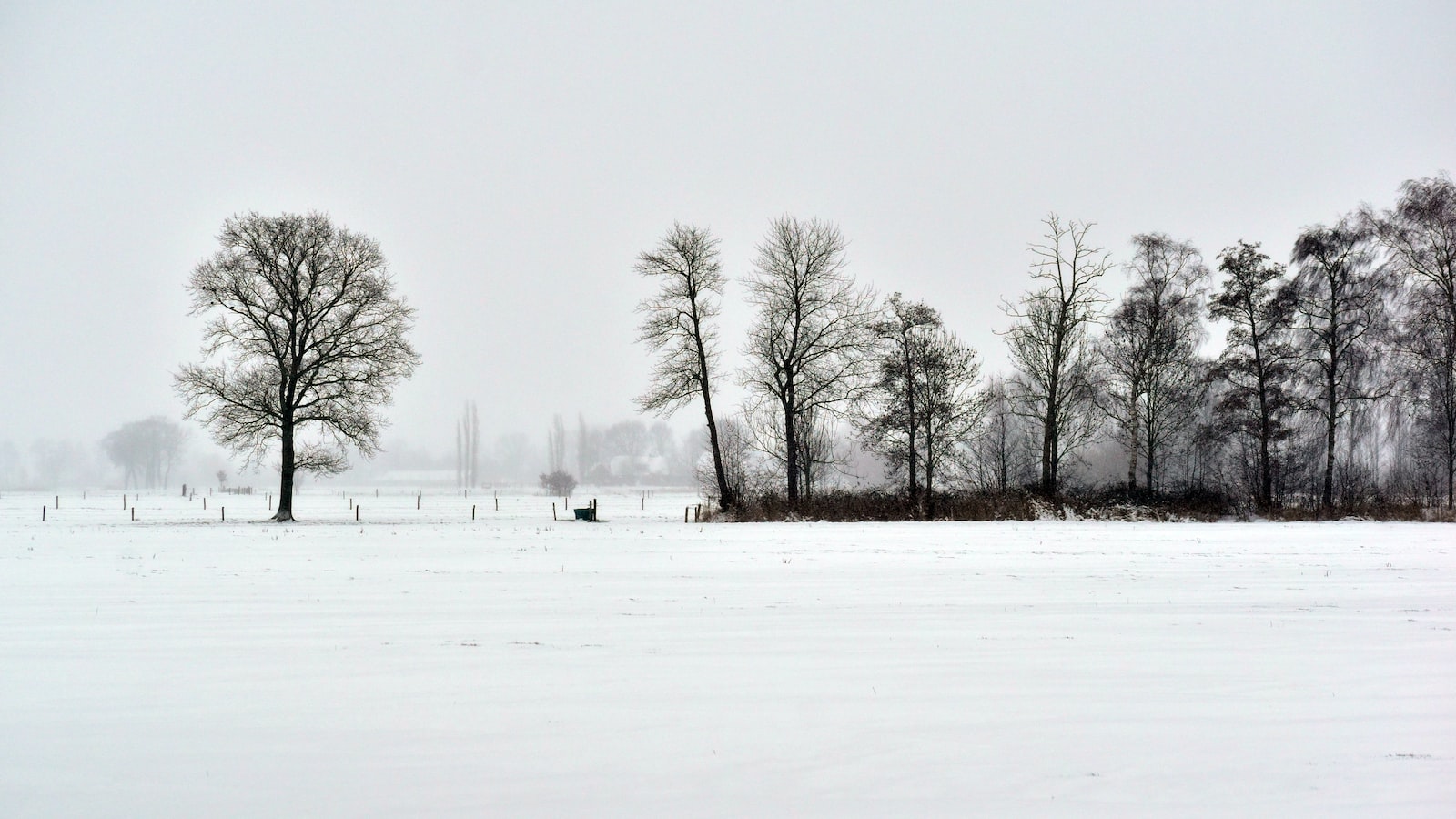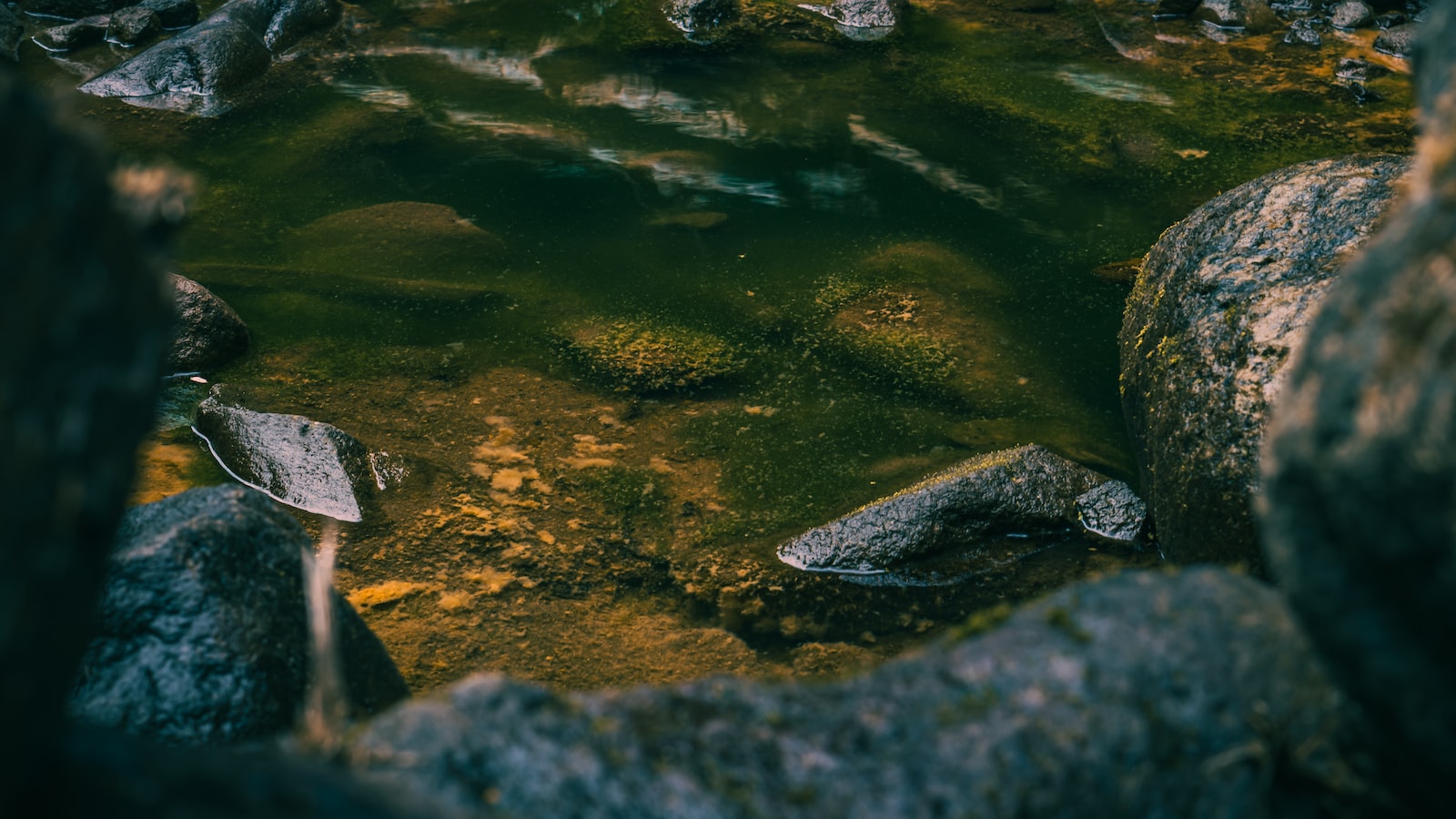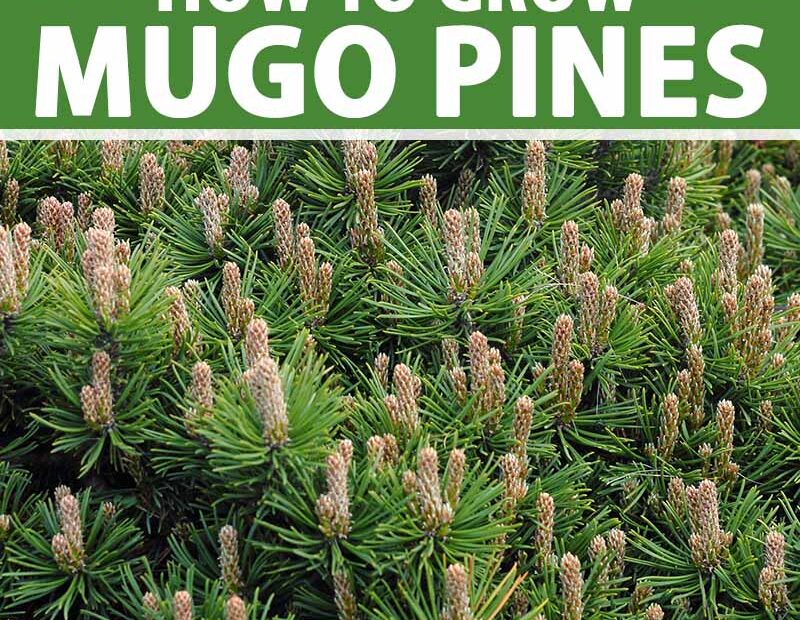Unleashing Nature’s Verdant Beauty: The Perfect Timing to Plant Majestic Mugo Pine!
In our bustling world, where time seems to sprint relentlessly, there is solace in the serene embrace of flourishing greenery. Amidst the tapestry of nature’s wonders stands the mighty Mugo Pine, an evergreen marvel that exudes an irresistible charm in every season. As aspiring horticulturists and nature enthusiasts, there is a vital secret to be discovered – the precise moment when the soil beckons to nurture this majestic conifer. In this article, we unveil the clandestine knowledge of when to plant Mugo Pine, as we embark on a harmonious journey, synchronizing our intentions with the rhythm of the Earth. So, arm yourself with gardening gloves and a thirst for aesthetic ecstasy as we delve into the splendid art of planting Mugo Pine.
Ideal Conditions for Planting Mugo Pine
Mugo pines, also known as dwarf mountain pines, are beautiful evergreen shrubs that can add a touch of elegance to any garden. If you’re wondering about the ideal conditions for planting these enchanting trees, you’ve come to the right place. Here’s everything you need to know about when and how to plant mugo pines.
First and foremost, it’s important to choose the right time for planting your mugo pine. Spring and early summer are generally the best seasons for this task, as the soil is still moist from winter and the temperatures are moderate. This allows the tree to establish its roots effectively before the heat of summer arrives. Additionally, it’s advisable to avoid planting during periods of extreme heat or drought, as this can put unnecessary stress on the young plant.
When it comes to selecting a location for your mugo pine, there are a few key factors to keep in mind. These pines thrive in full sun to partial shade, so choose a spot that receives at least 6 hours of sunlight per day. The soil should be well-draining and slightly acidic, with a pH level ranging from 5.5 to 6.5. While mugo pines can tolerate a variety of soil types, ensuring good drainage is crucial to prevent root rot. Now, let’s take a closer look at some essential tips and features for planting and caring for your mugo pine:
| Feature/Tips | Description |
|---|---|
| Water requirements | Mugo pines prefer soil that is moist but not waterlogged. Regular watering, especially during dry spells, is essential for their health and growth. |
| Pruning and shaping | Pruning your mugo pine is important to maintain its desired shape and size. Trimming should be done in late winter or early spring to avoid damaging new growth. |
| Fertilizer | These pines are relatively low-maintenance, but a light application of an acid-based, slow-release fertilizer can promote healthy growth. It’s best to fertilize in early spring. |
By following these tips and providing the ideal planting conditions, your mugo pine will flourish and become a stunning addition to your garden. With its vibrant green needles and compact nature, this charming shrub is sure to bring joy for years to come. Happy planting!

Best Time of the Year to Plant Mugo Pine
The Mugo Pine, with its picturesque appearance and lush green foliage, is a popular choice among garden enthusiasts. But when is the best time to embrace this beautiful plant and start the planting process? Let us delve into the ideal timing for planting Mugo Pine and unlock the secrets to a successful and thriving garden.
-
Springtime Splendor: Spring is undeniably an optimal time to plant Mugo Pine. With cooler temperatures and ample rainfall, this season provides the perfect conditions for the establishment of new plants. In the early spring, just as the ground thaws and becomes workable, seize the opportunity to begin your Mugo Pine journey. Be sure to prepare the soil adequately by removing any weeds or debris, as this will promote healthy growth and reduce competition for nutrients.
-
Fall Fantasia: Another window of opportunity for planting Mugo Pine is during the autumn months. As the summer heat begins to wane and the roots of the tree can establish themselves before the harsh winter sets in, fall planting can lead to a strong and resilient Mugo Pine. Planting in the fall also allows the tree to avoid the stress of summer heatwaves and potential droughts, providing a smoother transition for its growth. Remember to adequately mulch the area around the tree to protect the roots from frost and ensure a cozy and well-insulated winter slumber.
Let’s take a closer look at some features and tips to consider when planting Mugo Pine. See the table below for a quick reference:
| Features | Tips |
|---|---|
| Compact and dense foliage | Choose a well-draining location to prevent waterlogging |
| Tolerates various soil conditions | Ensure the soil pH is slightly acidic to neutral |
| Resistant to deer and rabbit damage | Consider planting a border of repellent plants to safeguard against unwanted visitors |
By planting Mugo Pine during the favorable spring or fall seasons and following the recommended tips, you are well on your way to delighting in the beauty and resilience of this remarkable tree. So, roll up your sleeves, gather your gardening tools, and let the Mugo Pine grace your garden with its natural charm!
Considerations for Planting Mugo Pine in Different Climates
Planting the Mugo Pine is a great addition to any garden, but considering the climate is crucial for its successful growth. The unique characteristics of the Mugo Pine allow it to thrive in a variety of climates, so whether you live in a hot and arid climate or a cool and damp region, there’s a planting solution for you. Here are some considerations to keep in mind when planting Mugo Pine in different climates:
1. Temperature Tolerance
The Mugo Pine is known for its remarkable ability to tolerate a wide range of temperatures. It can withstand both hot, dry summers and freezing cold winters, making it suitable for various climate zones. However, it’s important to note that extreme temperature fluctuations can stress the tree, so providing some shade during scorching summers or protecting it from frost during severe winters is advisable.
2. Moisture Needs
Mugo Pines exhibit exceptional drought tolerance once established, making them an excellent choice for dry climates. They are adapted to thrive in well-drained soil, able to adapt to various moisture levels, from sandy to clayey soils. However, in climates with high humidity or excessive rainfall, it is crucial to ensure proper drainage to prevent root rot or other moisture-related issues.
| Features | Tips |
|---|---|
| Drought Tolerance | Ensure proper irrigation during the initial establishment period. |
| Cold Hardiness | Apply a layer of mulch around the base of the tree to protect the roots during harsh winters. |
| Soil Adaptability | Amend heavy clay soils with organic matter to improve drainage. |

Recommended Planting Techniques for Mugo Pine
Planting mugo pine at the right time is crucial for its successful growth and development. Timing your planting with precision can ensure that your mugo pine thrives in its new surroundings. Here are some recommended planting techniques to consider for this hardy and resilient evergreen:
Optimal Planting Season
It is generally best to plant mugo pine in the early spring or fall, when temperatures are cooler and the soil is moist. During these seasons, the mugo pine has a higher chance of establishing its root system before the harsh conditions of summer or winter arrive. However, if you live in a region with mild climates, planting can be done throughout the year.
<h3>Preparing the Soil</h3>
<p>Prior to planting, it is important to ensure that the soil is well-draining and has a slightly acidic to neutral pH level. Mugo pines thrive in sandy loam or loamy soils, so <a href="https://up-gardening.com/when-to-plant-onions-in-kansas/" title="When to Plant Onions in Kansas">amending heavy clay soil</a> with organic matter can improve its drainage capabilities. Remove any weeds or grasses in the planting area, as competition for nutrients can hinder the mugo pine's growth.</p>| Features | Tips |
|---|---|
| 1. Drought-Tolerance | Ensure sufficient watering during the first year after planting to help establish a strong root system. |
| 2. Compact and Dense Growth | When planting, provide enough space for the mugo pine to grow without overcrowding other plants. |
| 3. Cold Hardiness | Consider mulching the base of the tree during winter to protect it from frost and extreme cold. |
Frequently Asked Questions
Q: Can I plant a Mugo Pine anytime during the year?
A: While Mugo Pines are hardy and adaptable, it’s best to plant them in early spring or early fall. These seasons provide the perfect balance of soil warmth and cool air, allowing the tree to establish its roots before extreme weather sets in.
Q: Is there a specific time of day I should choose for planting a Mugo Pine?
A: When it comes to the time of day, opt for late afternoon or early evening when the sun is less intense. Planting during these hours helps prevent the stress of direct sunlight on the freshly transplanted tree, giving it a better chance to thrive.
Q: Can I plant a Mugo Pine in a container instead of the ground?
A: Absolutely! Mugo Pines adapt well to container planting, making them an excellent choice for those with limited garden space. Just ensure the container has proper drainage and is large enough to accommodate adequate root growth. Remember to use a high-quality potting mix and provide regular watering and fertilization for the best results. As we conclude this journey into the world of Mugo Pines and their ideal planting time, we stand upon the precipice of spring’s lively embrace. In this vast landscape of gardening wisdom, we have unearthed the secrets and insights that will guide us to create a thriving haven for these majestic evergreens. Knowing when to plant Mugo Pines is a delicate dance between nature’s rhythms and our own readiness, where patience and foresight intertwine.
In your pursuit of planting perfection, remember that Mugo Pines, with their stoic dignity, warrant admiration and respect. They will flourish when conditions are just right, when Mother Nature’s gentle touch whispers through the breeze, and the soil cradles their roots with care.
Whether you opt to plant these enchanting specimens in the quiet solitude of early spring or the bustling kaleidoscope of fall, their resilience will leave a lasting mark on your garden landscape. As the seasons change, their evergreen needles will brave the winter snowstorms alongside you, offering hope and refuge to your soul, as if nature herself painted a masterpiece upon your canvas.
So, dear gardener, as you embark on this botanical adventure, remember to trust the whispers of the wind, the summoning of the soil, and the patient guidance of your green thumbs. Mugo Pines will find their rightful place in your garden, and with each passing season, their beauty will honor your dedication.
Now, let us bid adieu, as we step out into the world, armed with newfound knowledge and a vibrant spirit to create lush landscapes that breathe life into every corner. May your Mugo Pines flourish and thrive, capturing the essence of time within their branches, a testament to the delicate artistry of nature and the enduring resilience of these wondrous evergreens.
- When to Put Weed and Feed on Lawn in Michigan - October 16, 2023
- When to Fertilize Potatoes Plants - October 16, 2023
- Can You Plant Clover in the Spring - October 16, 2023
Contents

